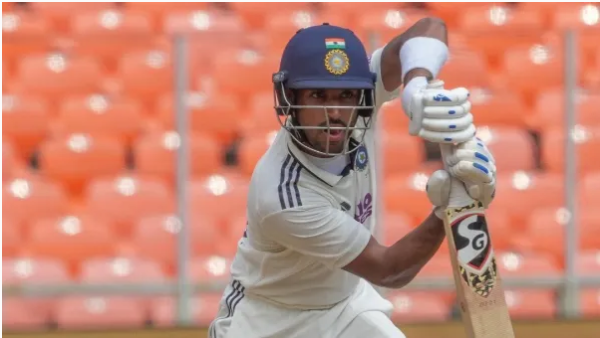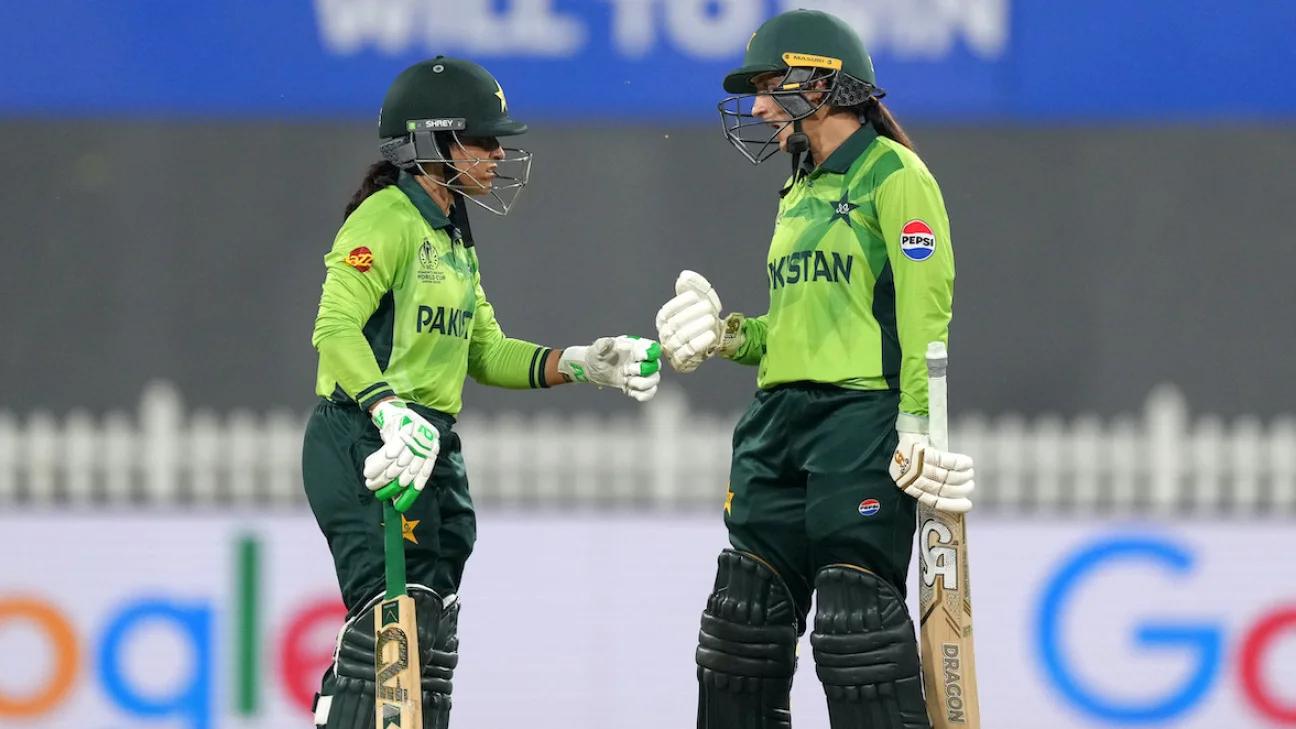
Dhruv Jurel announced his arrival on the international stage with a composed and confident maiden Test century on Day 2 of the first Test between India and the West Indies in Ahmedabad. His knock, backed by KL Rahul’s stellar century and crucial partnerships throughout the order, put India firmly in command and showcased the depth and resilience of their batting lineup.
Day 2: India Take Control
India resumed the second day already in a strong position after dismissing the West Indies for a modest total on Day 1. KL Rahul, continuing from where he left off, reached a long-awaited home Test century, providing India with a solid platform. Shubman Gill also contributed a patient and effective innings, building partnerships that set the stage for India’s dominance.
When Jurel walked in, India were at a critical juncture. The young batter demonstrated exceptional temperament, mixing solid defense with well-timed aggression. His innings was a blend of patience and controlled strokeplay, allowing India to steadily accumulate runs while frustrating the West Indies bowlers.
Jurel’s Maiden Hundred
Jurel’s century was not only a personal milestone but also a testament to his maturity under pressure. He rotated the strike effectively, punished loose deliveries, and played with awareness and precision. Each boundary and calculated shot reflected his ability to handle both pace and spin comfortably.
The milestone carried significant emotion, with Jurel celebrating with a heartfelt gesture that resonated with fans and teammates alike. It was a performance that highlighted his potential as a dependable middle-order batter for India in red-ball cricket.
Crucial Partnerships
Two partnerships defined India’s innings. The opening stand between Rahul and Gill laid the foundation, with both batters absorbing pressure and scoring steadily. After Gill’s dismissal, Rahul continued to anchor the innings before falling after reaching his century.
Jurel then formed key partnerships with Ravindra Jadeja and the lower middle order, ensuring India maintained momentum. These stands not only added crucial runs but also wore down the West Indies attack, helping India cross 300 and build a substantial first-innings lead.
West Indies Bowling Challenges
The West Indies bowlers struggled to contain India. Fitness concerns and limited options in the pace department added to their difficulties. One of their key seamers left the field due to a niggle, leaving the attack short-handed. The remaining bowlers couldn’t maintain sustained pressure, allowing India’s batters to rotate strike and accelerate scoring at crucial moments.
Despite some assistance from the pitch for spinners, India negotiated the conditions confidently. The visitors were forced to adopt defensive fields, further easing the pressure on the batting side.
Social Media Reactions
Jurel’s hundred quickly became a talking point across social media platforms. Fans praised his technique, composure, and the emotion behind his celebration. Cricket communities highlighted his potential as a reliable wicketkeeper-batter for India. Clips of his shots and milestone celebrations were widely shared, with many users drawing comparisons with established Indian batters who have played match-winning knocks under pressure.
KL Rahul’s century also gained attention, celebrated for its significance after a challenging period in his career. The combination of Rahul’s experience and Jurel’s breakthrough performance created a perfect narrative for fans and analysts alike.
India’s Advantage in the Match
With a lead of over 150 runs and wickets in hand, India are in a commanding position. The pitch has started to offer some turn, which may allow India’s spinners to play a bigger role in the West Indies’ second innings. From this position, the hosts can aim to extend their lead further before giving their bowlers the opportunity to capitalize on deteriorating conditions.
The West Indies now face the dual challenge of finding early breakthroughs and producing a resilient batting effort to stay competitive. Without timely wickets, India could press for a first-innings advantage that would make it difficult for the visitors to recover.
Key Takeaways
Dhruv Jurel: His maiden century confirms his potential and reliability in the middle order. His calm demeanor and ability to build partnerships under pressure make him an exciting prospect for India.
KL Rahul: The experienced opener’s century reaffirms his importance in the batting lineup, particularly in home conditions. His innings set the tone for India’s dominance.
West Indies: The visitors need to address fitness and bowling depth while focusing on applying pressure early in the second innings to prevent India from running away with the match.
Conclusion
Day 2 of the Ahmedabad Test was dominated by India’s batters, with Jurel’s maiden hundred being the standout performance. Alongside Rahul’s century and strong partnerships throughout the order, India established a significant first-innings lead. As the match progresses, the key question will be whether India can convert this advantage into a match-winning position while the West Indies seek solutions to stem the hosts’ momentum.
Jurel’s innings not only strengthened India’s position on the scoreboard but also added a compelling new chapter to the series. His combination of composure, skill, and emotional celebration will be remembered by fans and analysts, marking the day as a memorable milestone in his career and a high point for India’s dominance on Day 2.




















Write a comment ...